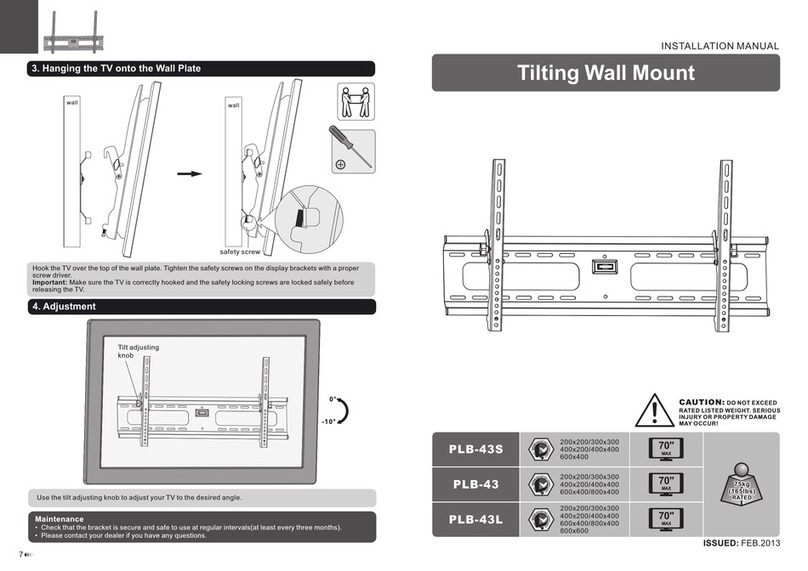
Page 2
Introduction and General Information
This custom made patented pending Balun Mounting Bracket
for top terminal COMTEK Baluns and Wire Antennas kit
includes two DX Engineering End Insulators (US Patent
No. D534,905) and all Stainless Steel Hardware. Using the
optional coaxial cable strain relief (DXE-CSR213-1 for RG-
213 sized coax or the DXE-CSR8X-1 for RG-8X sized coax)
with your optional dipole wire (DXE-ANTW Antenna Wire)
and DX Engineering rope, this kit is the ideal starting point
for building a quality coaxial cable fed single band resonant
dipole, folded dipole or off-center fed dipole. The custom
made mounting bracket will fit other manufacturers’ similarly
packaged Baluns.
The unique design provides minimum capacitive coupling to the wire and field surrounding the Balun
core plus a special UV resistant, strong black plastic compound. The bracket as well as the end
insulators feature an exclusive serpentine wire weave grip for insulated DX Engineering Antenna Wire.
This method of threading the wire provides a grip strong enough to permanently support the antenna
wires without the need for looping or wrapping the wire ends back on to the dipole wires. This allows
fast and easy field adjustments of antenna length without soldering.
This manual does not cover all the types of resonant dipoles that could be built using these components.
The type of resonant dipole to be built is limited only by your imagination. For more complete antenna
theory and for construction of the many different types of wire antennas possible, refer to textbook
material such as the "ARRL Antenna Book"which is also available from DX Engineering.
Features
All-in-One mounting bracket (Patent Pending)
Custom molded, UV resistant black poly-resin blend
Serpentine routing of dipole wires to ensure maximum grip without soldering or other
mechanical restraints
Includes two DX Engineering End Insulators (US Patent No. D534,905)
Easily mount a COMTEK balun with top wing nut terminals
Adapts easily to other brand baluns built with the same NEMA mounting box used by COMTEK
All Stainless Steel Balun Mounting Hardware
Manual Updates
Every effort is made to supply the latest manual revision with each product. Occasionally a manual will
be updated between the time your DX Engineering product is shipped and when you receive it. Please
check the DX Engineering web site (www.dxengineering.com) for the latest revision manual.


































